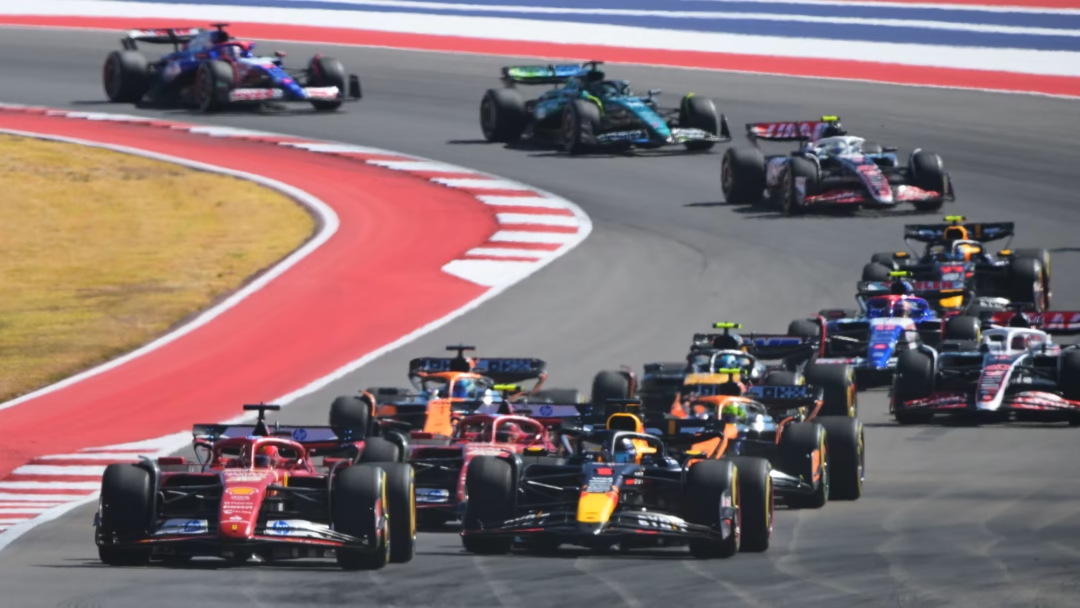
Photo 1 is often celebrated for the speed, accuracy and brilliance of technology on the path. However, behind the screaming engines and the parking position of this, it lies an equal division: coordinating logistics on a global scale. Each weekend is supported in the strictly planned supply chain race, as thousands of ingredients must reach the car homes to the wall equipment, to the right place, in time, in perfect condition.
“We have delivered 68 grand prize race for two seasons, covering nearly half a million kilometers across 52 countries and transporting 18 groups of equipment from six containers each,” explains Rolf Luction, director of health care and Central Europe at Ceva Logistics, who participated closely in the Ferrari logistical planning. “It is a big challenge, whether from the customs and the perspective of sustainability.”
For Ferrari, each charge has more than just a substance – it carries the ability to influence the race results. “We support them in their engineering and guidance, we find the best service providers, customs documents management, the creation of emergency protocols, and even help in managing carbon fingerprint in their operations,” says Lucht. “Formula One is not the first sport that people connect to sustainability, but we do everything to reduce the environmental effect of equipment.”
Logistical decisions are far from clarity. The Ferrari Race Race extends all over the world, and disturbances can occur at any moment. LUCHT recounts the Restore shipments during the Red Sea crisis, as ships were unable to pass through the mandarin strait due to geopolitical tensions. “We had at least three days to change the transportation method. We organized air charters for urgent shipments. It is a daily work for us, but not with this type of material,” he noticed. He explains that the priority is a guarantee “not to leave any Ferrari engineer without their equipment on the wall of a hole in any racket.”
Even natural disasters hold planning. The 2023 Grand Prix was canceled in Italy due to floods, creating a challenge to save the equipment already on the site. “We had to save everything from the flood because it is an expensive material,” says Lucht. Similar scenarios occurred in the Grand Prix in Bahrain 2023, highlighting the continuous need for backup plans. “As a logistical team, you always need a plan B. The problem is that it rarely reveals just as you imagine, so the adjustments are necessary.”
Speed and sustainability budget
While the urgency often dictates air use, Lucht explains that maritime and land transport is the backbone of Ferrari’s global processes. “Most of the time we do this by shipping because the carbon fingerprint is much better,” he says. Multimedia solutions – using a mixture of roads, railways and sea – allows the team to move heavy and sensitive equipment efficiently. For example, a shipment from Montreal to Las Vegas has passed through railways and roads throughout the United States to reduce the time and environmental impact.
The major prize race in Miami presented another example of innovative planning. Instead of sending a group of Malaysia to Latin America, CEVA has stored locally for six months, greatly reduced emissions from unnecessary shipping. Lucht confirms that these strategies require continuous monitoring. “Sometimes in the exact day you know that the ship arrives 4 to 6 days. Sometimes it is five weeks. Planning for high -tech sport such as Formula One with sea charging is a challenge, but it falls greatly.
Logistics services at this level require insight, flexibility and attention unabated in detail. “It does not matter what you move, it does not matter where you should move. At the end of the day, there is always a team that is thinking about the best way to move it. This is the result,” Lucht said.